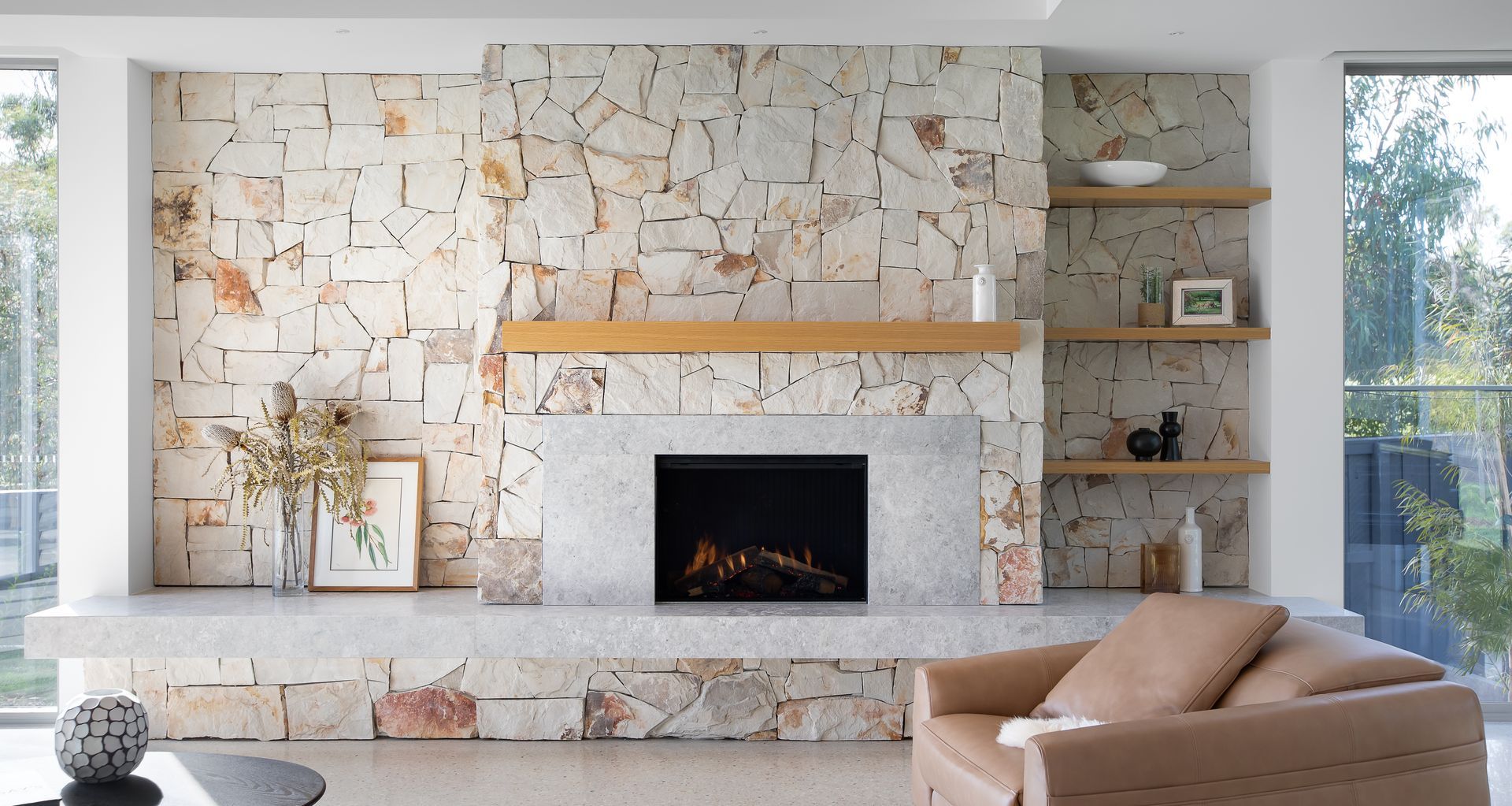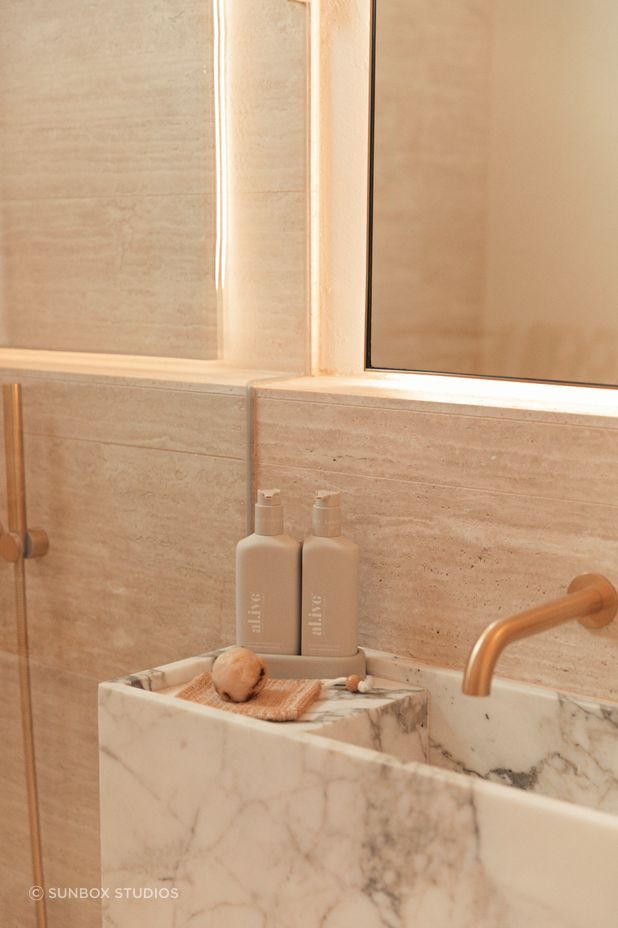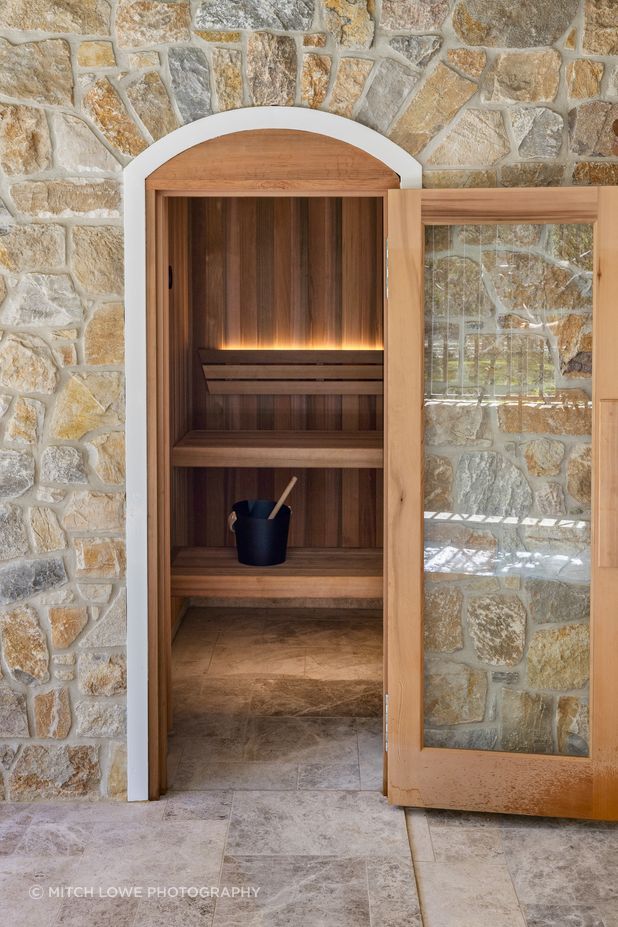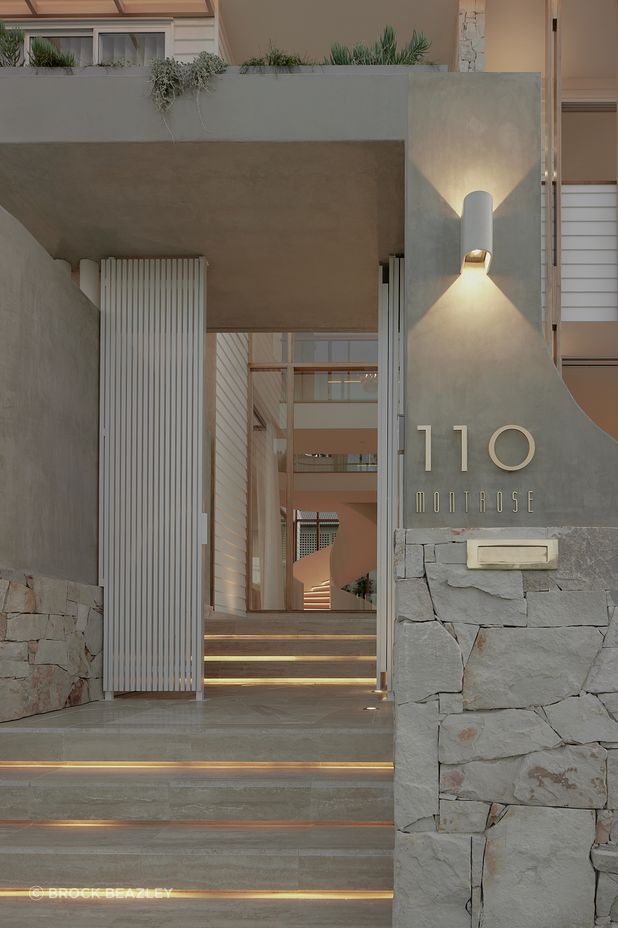Elevate your space with luxury: a comprehensive guide to incorporating stone into your new-build
Written by
14 December 2023
•
7 min read

In this comprehensive guide, we delve into the world of natural stone, drawing insights from Haus Collective’s stone expert to help you navigate the intricate process of selection, understand its impact on ambiance, explore innovative design trends, and ensure practical considerations for maintenance.
Choosing natural stone: a blend of aesthetics & practicality
The decision to opt for natural stone over man-made alternatives is rooted in the desire for a truly unique and individualised design. Unlike synthetic materials, natural stone offers an almost unlimited possibility for uniqueness and individuality. As you embark on the selection process, it’s important to understand the environment the stone will inhabit. You’ll need to consider its function, durability in the face of various elements, exposure to sunlight, water, chemicals, and even foot traffic.
“When selecting stone for a project, understanding the environment the stone will be in is a critical part of the selection process,” says the expert. “Ask yourself: does the stone need to perform a particular function in the space? Will it be durable and be able to be exposed to sunlight, water, oils, chemical, dramatic shifts in temperature? Will the stone be installed in a high traffic area or in high use areas?”
Each type of stone has its own set of characteristics, and certain stones perform better than others in specific circumstances. Once the functional aspects are addressed, the aesthetic journey begins. Choosing a colour palette that harmonises with the overall project or room is crucial.


Ambiance & atmosphere: the impact of stone
The use of natural stone in a space contributes significantly to the overall ambiance and atmosphere, especially in the context of luxury design. The versatility of natural stone becomes apparent in the vast array of colours, tones, finishes, and formats it offers. This versatility grants designers, builders, and homeowners an almost unlimited choice in achieving the desired result for any given space or project.
“Natural stone can be understated where it seamlessly blends in with other finishes and allows the whole project to speak rather than one element overriding the others,” says the expert. “Choosing washed out natural colours with similar tonal colours across the lay means the other finishes like timbers or wall colours blend into the stone rather than work against it.”
Conversely, stone can also be bold and brilliant, becoming the focal point of a room or project. Bold colours and finishes allow designers and homeowners to dial up or down the overall effect of the stone on a space, providing a dynamic range of design possibilities.
Innovative design trends: popular finishes
The versatility of natural stone extends beyond its raw form. Once a stone is selected for its colour and purpose, it can be transformed to suit the desired aesthetic through innovative design trends. Various finishes, from polished and honed to antique and sandblasted, offer designers a palette to play with. These finishes can be strategically applied to different architectural elements such as walls, floors, and countertops, providing a customised touch to each space.
Here are some of the most popular finishes:
- Polished: Different diamond pads are used to rub the stone mechanically, resulting in a glossy mirror like surface that intensifies the colours of the stone.
- Honed: Same process as above but not to the point of reflection, the result is a smooth non reflective surface
- Half Polished: Same process as above but stopped just before a high polished surface, giving it a glossy and matte finish at the same time.
- Antique: Gives the stone an aged appearance.
- Sandblasted: Blasting the surface with sand creates a beautiful washed out appearance.
- Bush Hammered: Machines are used to simulate a mediaeval technique that results in a finish that looks like it has been hand chiselled and aged.
- Flamed: Applying a high temperature flame to the surface of the stone which creates thermal shock and causes the inherent crystals to fracture thus giving a rough natural finish.
- Acid Etching and brushing: Acid etching etches the soft materials of the stone which is then brushed over with a metal brush to soften the etching. This gives the appearance of well worn leather.
- Tumbled: The tile is placed in a large drum along with water, sand and other rocks, then rotated. This softly chips and distresses the edge and stimulates an ageing effect. Tumbled stone often looks chalky and with muted colours.


Durability & maintenance: striking a balance with luxury
While the aesthetic appeal of natural stone is undeniable, considerations of durability and maintenance are crucial. Natural stone, though resilient, requires some level of maintenance to retain its beauty over time.
“Sealing is a common step taken on most stones as an extra precaution against staining or mineral spoiling. We recommend Chemforce products as they have a comprehensive suite of premium stone sealing products.”
Different types of sealers cater to specific needs. Natural finish impregnating sealers provide optimal stain protection, water and oil repellency, and are suitable for both indoor and outdoor surfaces. For stones sensitive to salt, such as sandstone, travertine, limestone, and marble, fortifier sealers offer protection in salt-prone environments. Colour enhancers not only provide water and oil repellency but also enrich the stone's colour, giving it a permanent wet look.
Incorporating stone into design styles: a seamless blend of elegance
The challenge of incorporating stone into various design styles lies in ensuring that it enhances the overall aesthetic rather than feeling out of place. As touched upon in the discussion of innovative design trends, the key is in selecting the right finishes and colours. The versatility of natural stone allows it to seamlessly integrate into different design styles, be it a contemporary, traditional, or eclectic setting.
Every project comes with its unique set of challenges and opportunities. Successful projects often involve blending natural stones to create a cohesive appearance. A recent project that won the Master Builder House of the Year award serves as an example.
“The client blended the stone wall cladding to seamlessly blend in with the paint and roof colour. They chose a main stone cladding and omitted a certain colour and replaced them with another stone cladding turning it from multi coloured cladding to a cladding that is more neutral and still blends in the overall scheme rather than being the ‘hero’.”
Sustainability in stone: the original green building material
With sustainability becoming a key consideration in design, natural stone stands out as the original green building material. Unlike man-made products that require significant energy for production, stone is a natural product of the Earth. It does not deplete other resources and boasts an abundant supply from various corners of the globe.
“Stone is very durable and stands the test of time, meaning you will not need to replace materials over a longer period of time,” says the expert. “Stone is recyclable and can be used and turned into other building materials.”
Incorporating natural stone into your new-build project is a nuanced and multifaceted process. From the initial selection based on function and aesthetics to the transformative potential of innovative design trends, natural stone offers a dynamic range of possibilities. The enduring appeal, cultural significance, and sustainability of natural stone make it a timeless and environmentally conscious choice.
Explore natural stone and stone products from Haus Collective